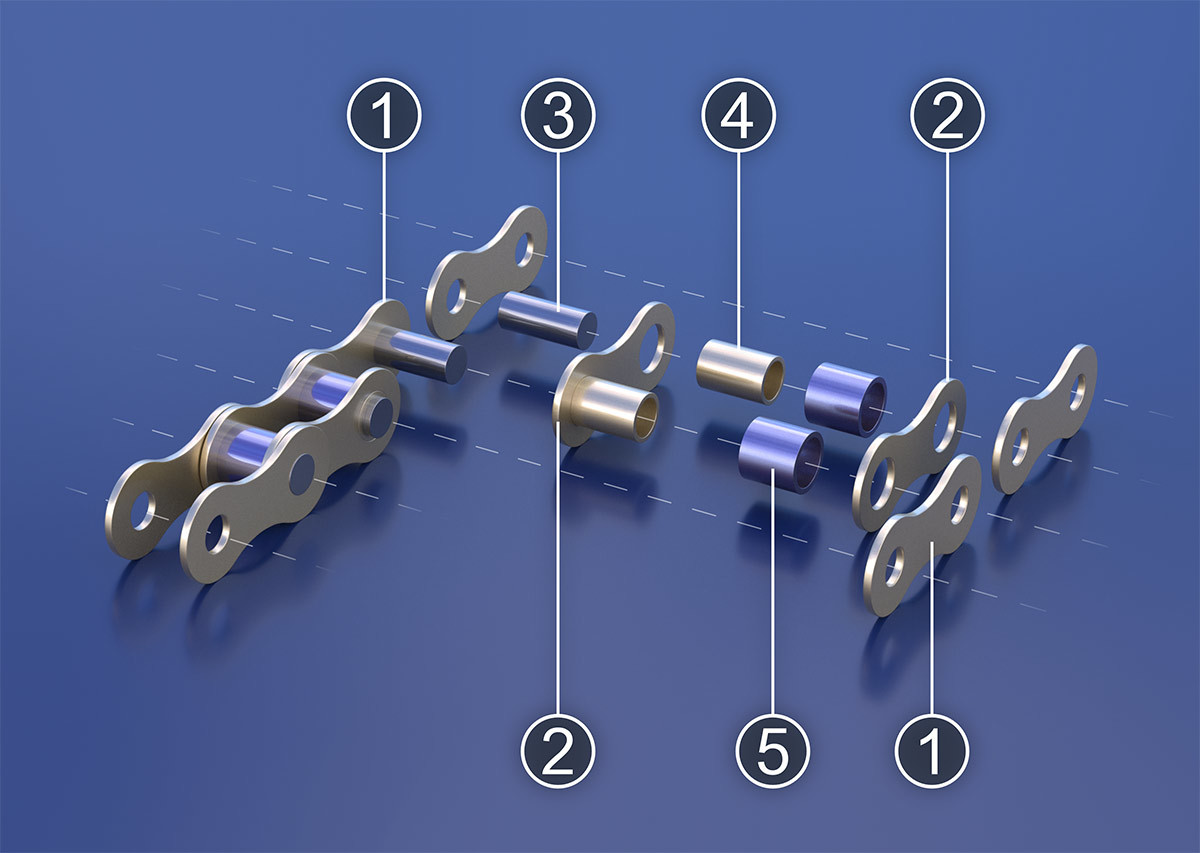In the applications where power needs to be transmitted, people have to use the Tsubaki roller chain. Some common applications that require this chain include coupling chains, pin-over chains, bindery chains, film feeder chains, lift chains, and oil-field chains.
The different types of Tsubaki roller chains that are commonly used to connect are attachment options, geometries for a specific application, double pitch, heavy-duty, and standard.
Common features of some Tsubaki roller chains include rollerless, flexible, self-lubricating, offset link, and corrosion-resistant. The roller chains that come with attachment type options can include more features like extended pin, standard bent, standard straight, wide contour bent, and wide contour straight.
Common materials that are used to make roller chains based on environmental conditions and budget are stainless steel, plastic or metal combination, steel, nylon, acetal, hardened steel, and polypropylene. The choice of material can also depend on the design horsepower transmission, heat, and noise.
Important Mechanical Specifications For Roller Chain
1. Chain weight
You can check the unit length to determine the weight. It varies based on construction method and pitch.
2. Maximum allowable load
Each chain is created in a way that it can only carry a particular range of load and tension.
3. Tensile strength
Everyone should check the strength of tensile as there can be failure taking the excess load.
Assembly Parts Of The Roller Chain
There are generally a variety of outer and inner links in unlimited forms. You should use a design that is made for an even number of roller chain links, instead of one-pitch offset links that are used for an odd number.
In case you can’t avoid getting an odd number of links, then start using a two-pitch offset link. The main benefit of a two-pitch offset link is that it can use up to 100% load that is allowed. The drawback of a one-pitch offset link is that it only allows 65%. It has fatigue strength that is extremely less compared to the chain.
The common types of connecting links that are used include spring pin, cotter pin, and spring clip connecting link. For small roller chains, you should use slip fit spring clip. Other types of connecting links are used for large roller chains.
Conclusion
We hope now you understand about the different features and types of roller chains and which things should be kept in mind while selecting the inner and outer links. You should choose connecting links based on the size of the roller chain.
😎 Important Parts Of The Tsubaki Roller Chain








0 Comments